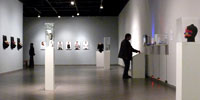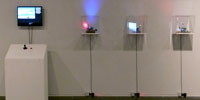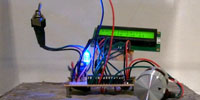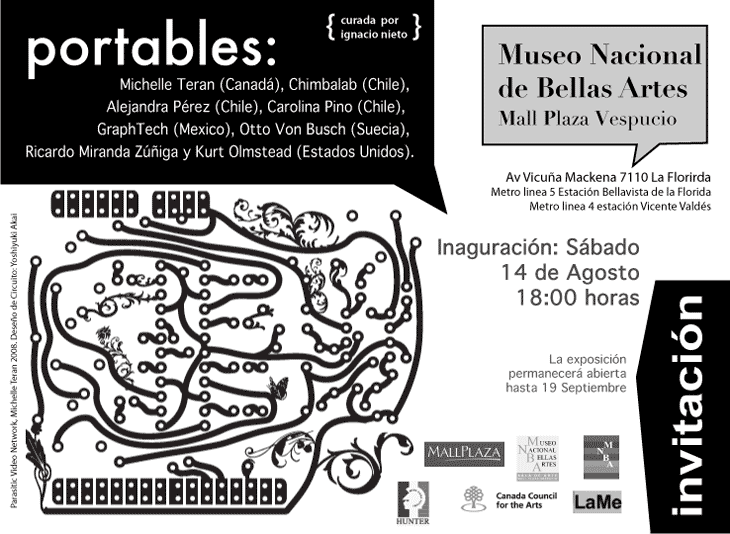


When we were invited to participate in the exhibition portables, we were already deep into investigating the root causes of the current financial crisis. It seemed natural to think of a link between Chile and this research. One of our interests was the cyclical nature of economic ideology - from a pre-depression corporate dominance to post depression Keynesian economics and again to the free market adoration of the neoliberals in the last 40 years. Eventually we became very interested in the use of Chile by the neoliberals as a rhetorical weapon in their ideological battle.
One famous phrase used in this battle was "The Miracle of Chile." Milton Friedman used this phrase to describe the success of a market philosophy under the dictatorship of Pinochet. We decided to use this phrase as the basis for our work, to interrogate it, disrupt it, wrest control of its meaning from its makers.
As the phrase contains magical rhetoric we were also intrigued by the existence of a dogma - el ladrillo or "the brick" - which laid out Friedman's principle teachings as a remedy to Chile's economic crisis near the end of Allende's presidency. Written in 1973, just before the military strike, by the "Chicago Boys" - a group of Chilean economists who studied under Friedman at the University of Chicago, the lengthy document prescribed privatization, deregulation, and cuts to social programs to combat Chile's out of control inflation. In 1975, as inflation continued to increase, Pinochet handed over the Chilean economy to the Chicago Boys. Chile became the "laboratory" for neoliberal philosophy.
Subsequently we generated three primary works to trouble the doctrine - the labyrinth written over by photos generated through workshops we gave in Chile, the bricks we found broken on Santiago's streets coupled to computer boards with text that asks a passerby to find a pedestrian of interest and ask the person what the Miracle of Chile is and then hand off the brick, and finally a rewriting of public service messages on the bus line of Santiago that transports people from the business center to the most impoverished neighborhood of Santiago, La Victoria. Each piece was designed to generate a dialogue about the phrase.
Ricardo Miranda Zúñiga and Kurt Olmstead

Ricardo Miranda Zúñiga approaches art as a social practice that seeks to establish dialogue in public spaces. Having been born of immigrant parents and grown up between Nicaragua and San Francisco, a strong awareness of inequality and discrimination was established at an early age. Themes such as immigration, discrimination, gentrification and the effects of globalization extend from highly subjective experiences and observations into works that tactfully engage others through populist metaphors while maintaining critical perspectives. Over the past several years, Ricardo has established a practice based in research and investigation leading to the final presentation. This is a practice that utilizes whatever media possible to present the content in a manner that may generate interaction and discussion by others.
Kurt Olmstead's work has focused on the interplay between culture, ideology and technology. He made short narrative films through the 90s, founded and produced one of the earlier online cultural and political magazines, and has been utilizing his professional background of business analytics to explore artistic expression in the new media space. He holds an MBA from UC Davis and a BA in Literature from the University of Iowa.
